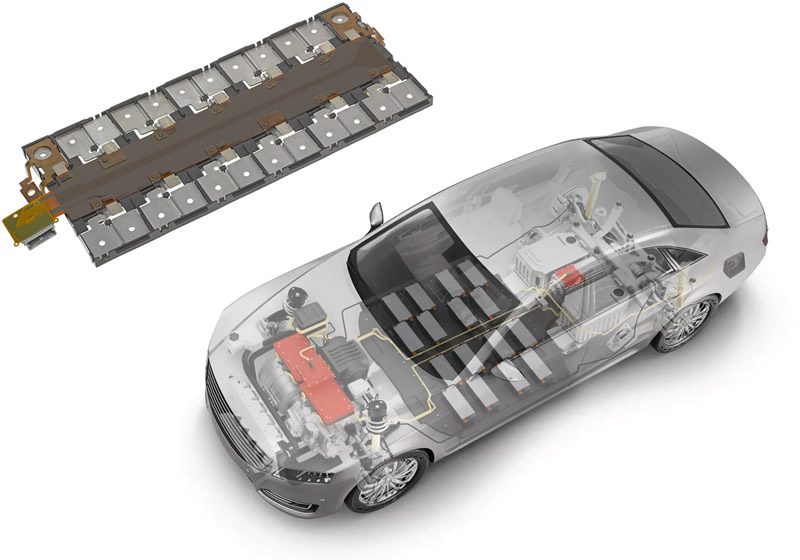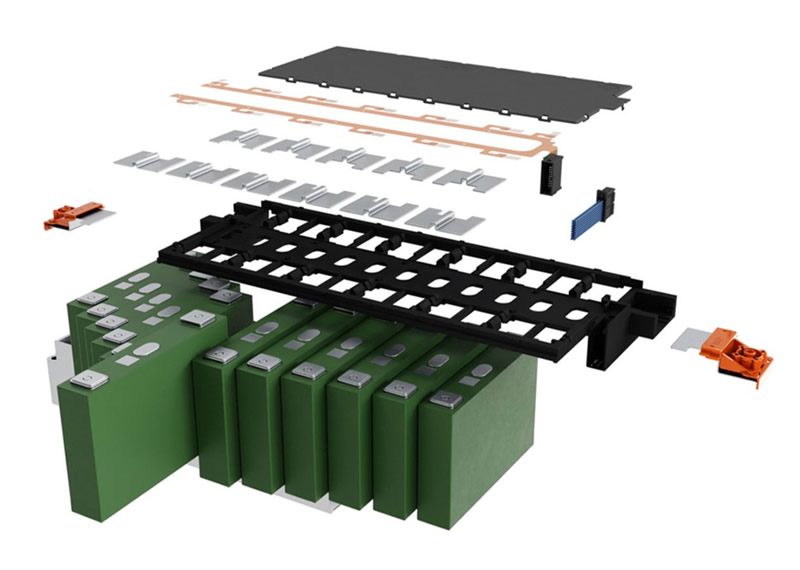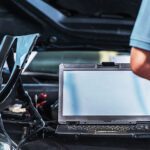Next-Generation EV Cell Contacting System Drives Vehicle Innovations
The reliable and easy-to-implement interface solution connects cells to the control board in an EV battery module, eliminating the need to daisy chain wires.
Eight years ago, Molex took a leap and heavily invested in the equipment and capabilities to develop its cell contacting system in support of a market no one was sure would materialize. “The prognostication on where the EV market would go was wildly all over the place,” said Steve Drysdale, VP and GM of the Micro Solutions Business Unit at Molex. Some believed electric vehicles were a novelty, others thought the market would shift slowly from combustion engines to hybrid vehicles. Concerns over the charging infrastructure further increased skepticism for the future of electric vehicles (EVs).
As a recent BloombergNEF study shows, while EVs comprised only 14% of passenger car sales worldwide in 2022, they are projected to reach 58% by 2040. The transition is accelerating; IEA expects that in 2023, 18% of new passenger vehicle sales will be electric. Molex’s gamble on EV’s ascension appears to have paid off. The company leveraged its in-house and partner design and production expertise to develop its deep cell contacting system experience three years ahead of competitive interconnect suppliers through direct collaboration with plug-in hybrid EV and traditional EV makers, energy storage OEMs, along with battery cell and battery pack suppliers. In June 2023, BMW Group selected the Molex Volfinity Cell Contacting System (CCS) for its next-generation EV class in keeping with its own ambitious market projections.

Molex’s Volfinity Cell Contacting System selected by BMW Group for its next-generation EV class.
Overview of Volfinity CCS
Molex began development on Volfinity in 2018. The reliable and easy-to-implement interface solution connects cells to the control board in an EV battery module, eliminating the need to daisy chain wires. The total solution enables integrated cell sensing features, cell monitoring and balancing, as well as temperature measurement functions — all designed to meet automotive OEMs’ functional safety requirements.
Molex provides a menu of different capabilities that create a custom solution, the heart of which is the cell contacting system. “This can be a combination of molded plastic to house the aluminum busbars that make the hard connection into the battery cells, flex circuits, and high- voltage connectors that pull the power out of the battery pack and distribute it to systems throughout the car, and integrated signal interconnects,” said Drysdale. “Our solutions can also include thermistors, or thermal sensors, and top covers, which provide some level of thermal runaway prevention. If there is an event where one cell starts to overheat, it is contained to one cell and kept from spreading. We can also integrate fuses into the solutions.”
Customization to specific OEM requirements is key to the overall solution. “Rather than build-to-print, where the customer supplies a drawing and we just build it for them, this involves a lot of intense design iterations, as well as weighing the trade-offs on design cost,” Drysdale said. That level of customization is important to OEMs, as they want to maintain any competitive advantage they can. The battery cells have some standardization, with the three main types being cylindrical, prismatic, and soft pouch. “Beyond that, we don’t see any significant level of standardization in how to package those into vehicles, how to connect them, how to cool them, or how to regulate them, at least in the area where we provide the solutions — the connection point from the cells into the rest of the vehicle,” he explained.

The Volfinity Cell Contacting system provides a reliable interface solution for connecting power cells to an EV battery module control board.
Addressing range and affordability
When it comes to EV adoption, one pressing issue is range (i.e., how far a vehicle can travel on a single charge). Range is impacted by weight, and the battery systems for fully electric vehicles are large and heavy. For instance, the Gen 6 Volfinity CCS is approximately three feet wide by six feet long. Daisy chain wiring solutions, essentially a nest of individual wires connected to each cell, contribute significantly to that weight. In addition, each connection point creates a potential risk of failure. Volfinity uses a flex circuit that is both lighter and more secure.
Another issue with EV adoption is affordability. While Volfinity doesn’t have a direct impact on vehicle cost, it does make the battery more efficient and helps it last longer. EVs might have hundreds of cells and they don’t all drain equally, which can shorten the life of the system. Volfinity helps balance out the cells, thereby extending their overall life. According to Drysdale, the result is a much simpler and cleaner solution than those of previous generations.
As the EV market continues to grow around the world, Molex is planning to produce Volfinity solutions in Asia, Europe, and North America.
Visit the Preferred Supplier page for Molex to learn more about the company and its products.
More coverage of Electric Vehicles
Electric Vehicles Move into the Mainstream with New EV Battery Technologies
EV Charging Connectors are the Foundation of Advancing Vehicle and Charging Technologies
Like this article? Check out our other articles on Connected Vehicles and EVs and HEVs, our Automotive Market Page, and our 2023 and Article Archive.
Subscribe to our weekly e-newsletters, follow us on LinkedIn, Twitter, and Facebook, and check out our eBook archives for more applicable, expert-informed connectivity content.
- Sealing Success: Overmolding for More Secure Connections - April 23, 2024
- Medical Cable Assemblies Product Roundup - April 23, 2024
- Mezzanine Connectors Product Roundup - April 16, 2024





